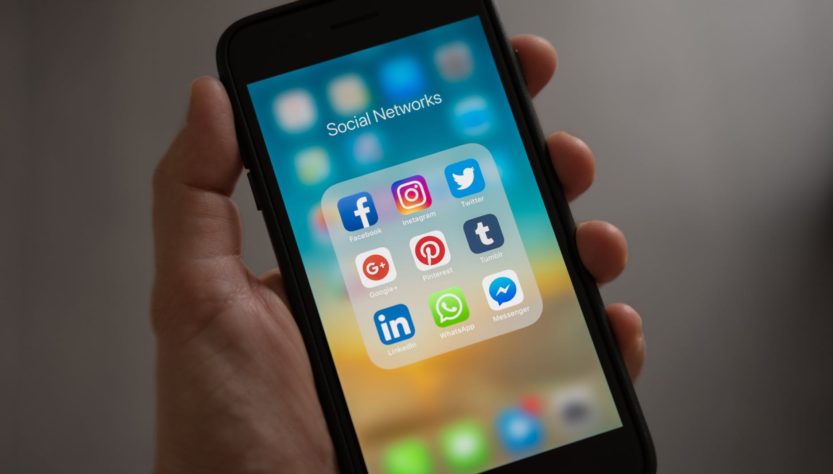
Influencer marketing has rapidly grown and become a key strategy for several brands to reach their target audience on social media. Many brands have recognized the potential benefits of influencer marketing, including increased brand awareness, better engagement with the audience, and ultimately increased sales. In this blog post, we will discuss the latest company innovations and predictions for the future of influencer pr agencies.
The role of AI in influencer marketing
One of the notable advances in influencer marketing is the use of artificial intelligence (AI) to identify the right influencers for a brand. AI uses data analysis to map the target audience of a brand and find influencers who share similar characteristics with that audience. AI can analyze engagement ratio and other metrics to create a list of potential influencers for a brand to consider. By using AI, brands can save valuable time and resources on identifying potential influencers.
The rise of nano/micro-influencers
Nano and micro-influencers are individuals with a smaller following compared to popular influencers. They have emerged as a major trend in the influencer marketing industry. Although their following is smaller, they often have a more loyal and engaged audience. Due to their lower fees, nano and micro-influencers present an opportunity for brands to experiment with influencer marketing without a significant investment.
The ethical considerations
As influencer marketing grows, so does the need for ethical considerations. Brands need to be transparent about their relationship with the influencers they collaborate with. Additionally, the Advertising Standards Authority mandates that paid promotions of products must be identifiable as such to the public. Brands must be careful not to mislead their audience and maintain transparency while working with influencers.
The shift towards long-term relationships
Long-term relationships between brands and influencers can have a significant impact on their overall collaboration. Building a relationship beyond a single campaign can help brands build credibility and authenticity with their audience. This shift is becoming increasingly evident in the industry, with some brands allocating a significant budget towards long-term collaborations. This approach can help create a more natural and engaging content that resonates with the audience.
The emergence of new platforms
While Instagram remains one of the most sought-after platforms for influencer marketing, several other platforms are emerging as promising options. TikTok, for example, is growing rapidly and has become a go-to platform for brands aiming to reach the younger generation. As new platforms gain popularity, it will be essential for brands to remain open to new options.
Conclusion:
Influencer marketing has grown significantly in recent years, and the industry shows no signs of slowing down. Brand innovators must keep up with the latest technology and trends to ensure continued success in the field. The increased use of AI, the ethical considerations, the rise of nano and micro-influencers, the shift towards long-term relationships, and the emergence of new platforms are all significant developments in influencer marketing that brands must keep in mind. Understanding and adapting to these changes can help brands reach their audience more effectively and create a more authentic and engaging experience.


